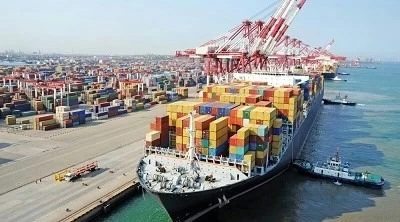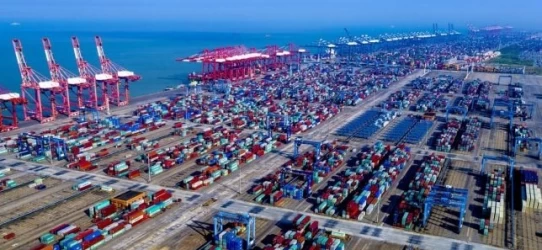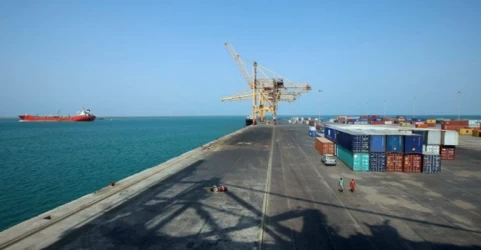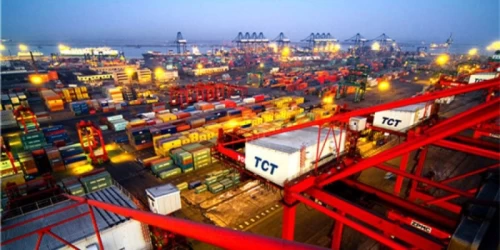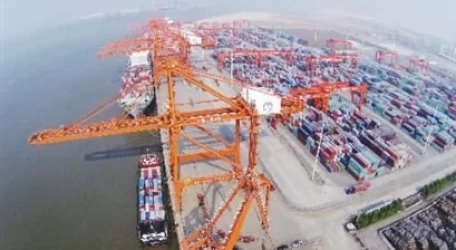Sea freight at the port of Mombasa
The Port of Mombasa, located on the southeastern coast of Kenya, serves as a vital hub for marine transportation in East Africa. It is not only the largest and busiest port in Kenya but also one of the most significant ports in the region. This article delves into the features, economic importance, transportation capacity, and environmental impacts of marine transportation at the Port of Mombasa.
Key Features of the Port of Mombasa
The Port of Mombasa is strategically situated along the Indian Ocean, providing direct access for maritime trade. The port consists of an inner harbor located on Mombasa Island and an outer harbor that accommodates larger vessels. Its strategic location enables efficient maritime connections to various international markets, making it a crucial point for the import and export of goods.
The port is equipped with modern facilities, including container terminals, bulk cargo terminals, and dedicated terminals for oil and gas. With a total area of approximately 1,800 hectares, the Port of Mombasa can accommodate a diverse range of vessels, including cargo ships, tankers, and passenger ferries.
Economic Importance of the Port
The Port of Mombasa plays a pivotal role in the economy of Kenya and the wider East African region. It serves as a gateway for landlocked countries such as Uganda, Rwanda, Burundi, and South Sudan, facilitating their access to international markets. The port is integral to the importation of essential goods, including petroleum products, food items, and machinery, and the exportation of agricultural products like tea, coffee, and horticultural goods.
The economic impact of the port extends beyond trade; it generates significant employment opportunities for the local population. From port operations to logistics and transportation services, the port creates a wide range of jobs, contributing to the economic growth of the region.
Transportation Capacity and Infrastructure
The Port of Mombasa boasts a high capacity for handling cargo, with the ability to move millions of tons of goods annually. The port is continuously upgrading its infrastructure to enhance its capacity and efficiency. Key developments include the expansion of container handling facilities and the construction of additional berths to accommodate larger vessels.
Furthermore, the port is connected to an extensive network of roads and railways, facilitating the smooth movement of goods to and from the port. The Kenya Ports Authority (KPA) has also invested in improving intermodal transportation systems, which enhance the overall logistics network in the region.
Environmental Impacts
Despite its economic significance, the Port of Mombasa faces several environmental challenges. Increased maritime traffic has raised concerns about pollution, including oil spills, waste discharge, and emissions from vessels. These environmental issues pose a threat to marine ecosystems and the health of coastal communities.
To address these challenges, the Kenyan government and port authorities are implementing various environmental management strategies. These include strict regulations on waste disposal, pollution control measures, and initiatives aimed at promoting sustainable practices within the port operations. The focus is on balancing economic growth with environmental sustainability to ensure the long-term viability of the port.
Conclusion
The Port of Mombasa is a vital player in the marine transportation sector in East Africa. Its strategic location, extensive infrastructure, and economic significance make it a crucial hub for international trade. However, as the port continues to grow, it must also address the environmental impacts associated with increased maritime activity. By investing in sustainable practices and enhancing infrastructure, the Port of Mombasa can maintain its position as a leading maritime gateway while safeguarding the environment for future generations.
If you have any specific questions or need further assistance, feel free to ask!

